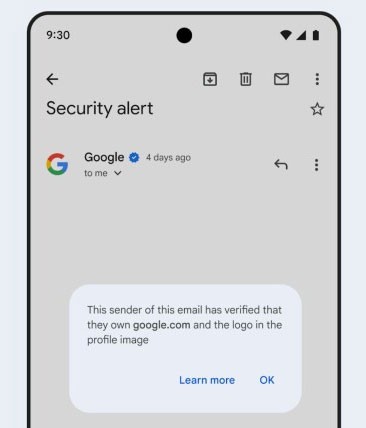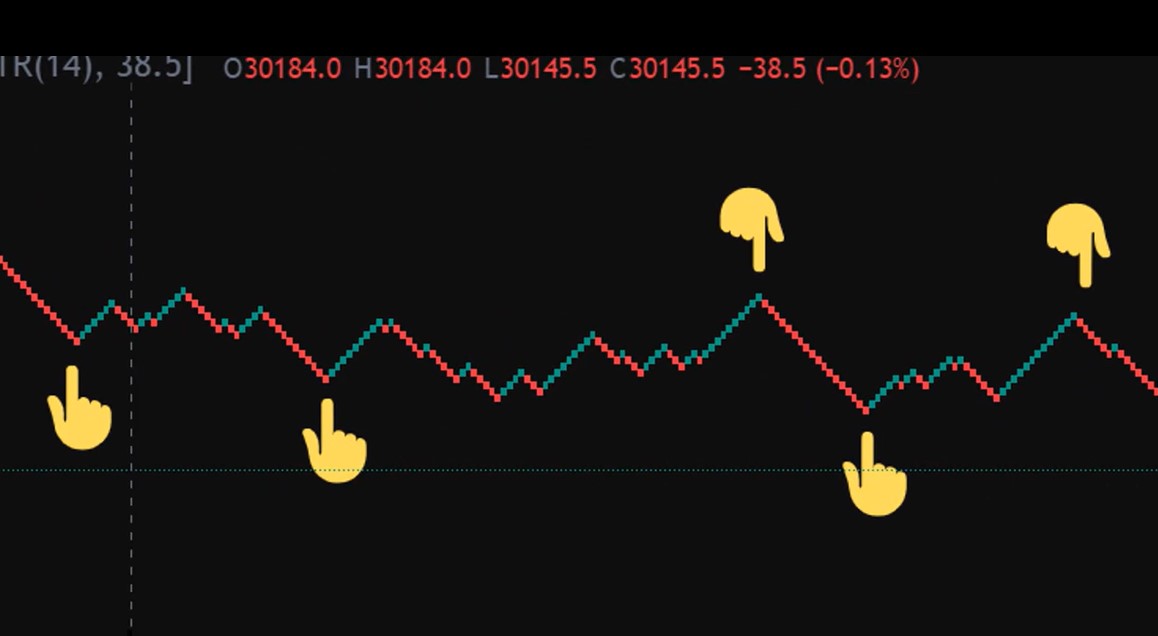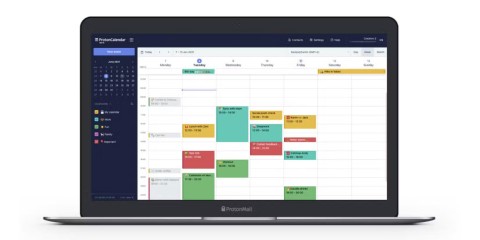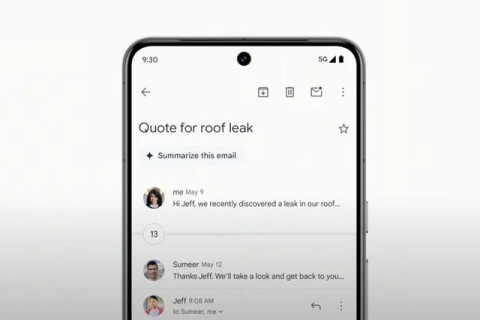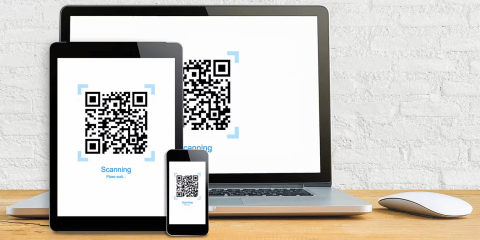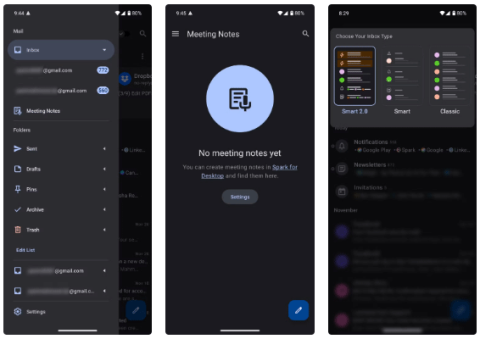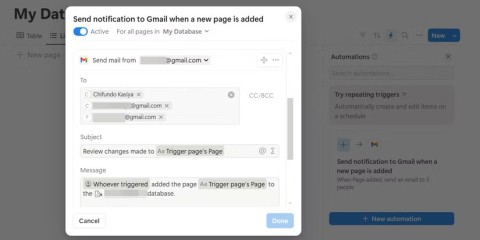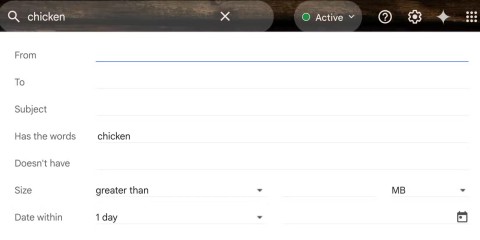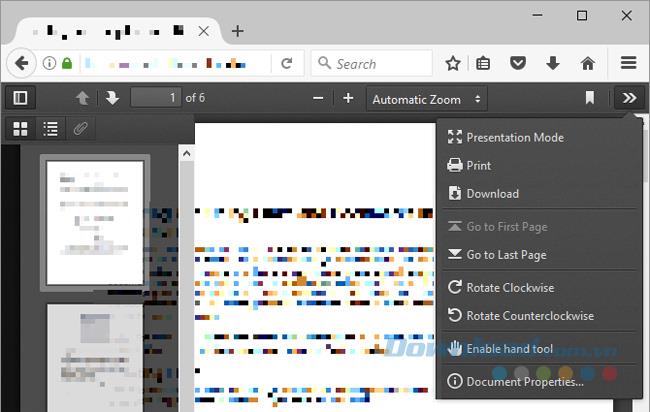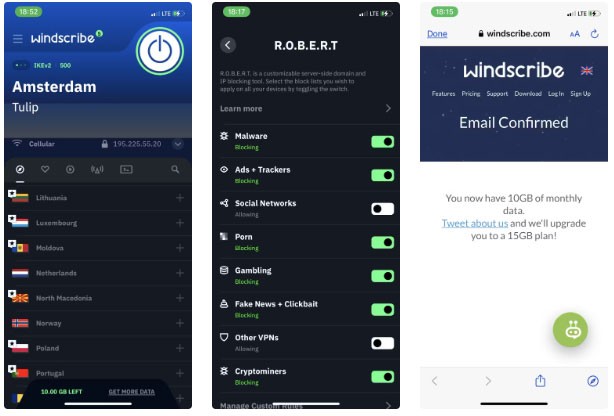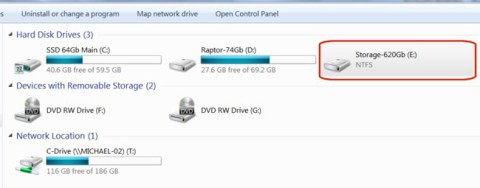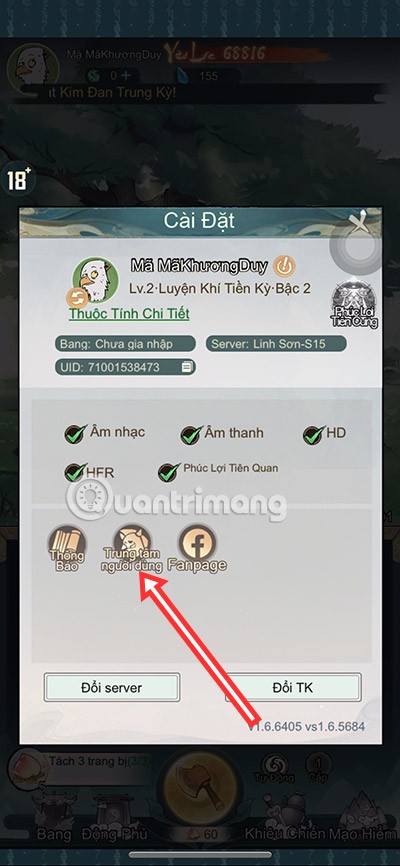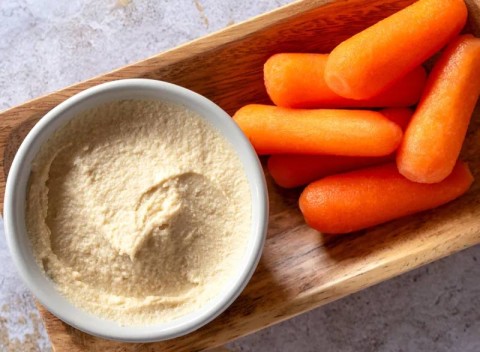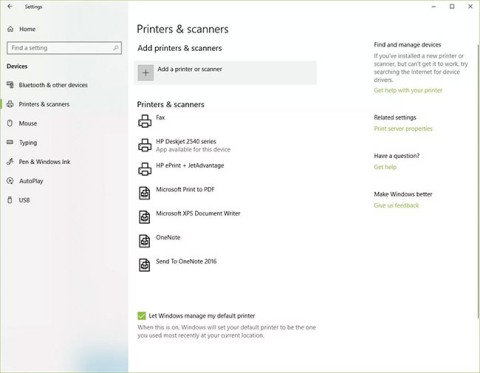Gmail just turned 21, and Google chose to celebrate its birthday in a special way by launching a very meaningful feature for users: an extremely easy and useful automatic email encryption feature. This new feature is mainly aimed at organizations and businesses operating in fields with strict security requirements, helping them easily encrypt emails regardless of who the recipient is.
Currently, email encryption often requires complex processes, the use of proprietary solutions, and familiarity with the in-depth concepts associated with Secure/Multipurpose Internet Mail Extensions. Now, with the new solution, companies only need to set up Client Side Encryption on a supported Workspace Enterprise Plus plan with the Assured Controls add-on.
This means the encryption keys will be controlled by the customer rather than Google servers, providing an additional layer of internal security and control over data privacy.
How to enable encryption in Gmail
Once you've completed the enterprise-level setup, turning on encryption for Gmail is simple.
When composing an email, you will see a lock icon in the upper right corner of the compose window. Click it and select " On " under "Additional Encryption ".
According to the description, this feature helps you "protect sensitive information and comply with company policies."
The window will turn green to let you know you're working in an encrypted environment.
How to open encrypted email
If an encrypted email is sent to another business or personal Gmail user, the message is automatically decrypted for immediate reading.
For recipients using other email providers, they will receive a link to "view E2EE emails in a limited version of Gmail". The system will create a guest Google Workspace account for them to view and respond to emails.
Companies can sign up for the beta program now. In the initial rollout, the feature will only allow E2EE emails to be sent to Gmail users within the same organization.
The service will expand to all Gmail inboxes in the coming weeks, and continue to expand to other email accounts later this year.
